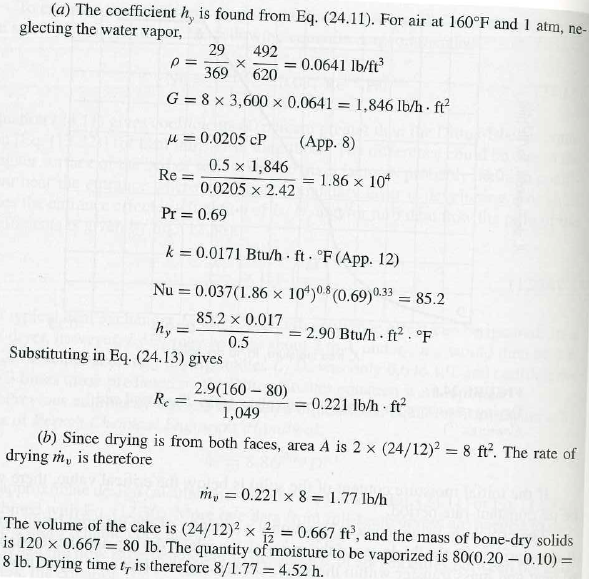I major in chemical engineering, and I'm solving a example of unit operations.
The textbook is Warren L. McCabe, Unit Operations of Chemical Engineering 7th ed.
Here is example 24.1.

And this is its solution.
From this, it says that the density of air is 29/369 × 492/620. But it omitted the untis, so I can't understand the equation. I assume that this equation is probably ρ = PM/RT, since molecular weight of air is 28.97 g/mol when I searched for it. But the numbers 369, 492, 620 are still mystery. What is those?
